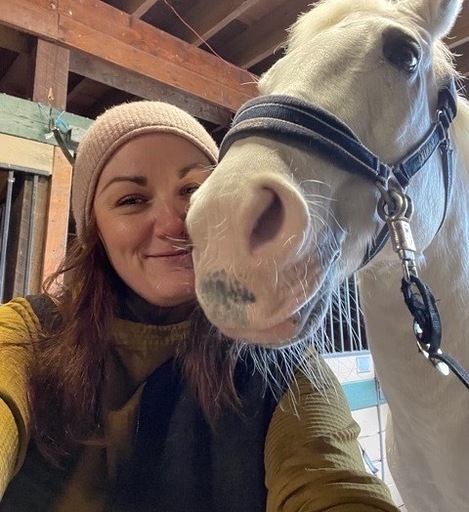You’re finally on the phone with a qualified lead. Things are going great. They’re laughing at your jokes, they’re nodding at your sales pitch. Then “Alright, how much is this going to cost?” suddenly enters the chat. Talk about a screeching halt — you haven’t even shown them the best part of the demo yet.
It’s not surprising that salespeople and prospects diverge when it comes to the best time to discuss pricing in a deal. The result is a push-pull dance between buyers who don’t want to waste their time on a solution that’s out of their budget and sales reps who are confident that their product is well worth the investment.
“You have to use your judgment as a salesperson and it takes practice to know when and where in the conversation to go for it,” says Matthew Kusch, senior account executive at ZoomInfo. “Never stumble into pricing conversations.”
Want to nail this part of the conversation with your prospects? Our sales leaders share their best advice for when, how, and how not to discuss price.
The Dos and Don’ts of Discussing Price in Early Sales Calls
DO understand the cost of your prospect’s problem. Which problem are they trying to solve and what impact does it have on their business? With this understanding, you can show your solution’s return on investment in terms of time, money, or another important dimension.
“Without pain and a problem to solve, you can’t drive the solution and deliver pricing. You’re just a number on a piece of paper,” says Sean Bartlett, director of sales at ZoomInfo.
DON’T deliver pricing before you’ve earned the “right” to do it. Bartlett recommends capturing a “wow” moment in your sales presentation — where the prospect seems genuinely excited about an offering or feature.
“Your job is to get people on the island,” Bartlett says. “Don’t deliver a price until you’ve delivered value.”
DON’T deliver pricing to anyone that doesn’t have the power or authority to make a buying decision. At ZoomInfo, for example, we win 40% of opportunities when decision-makers are involved, but only 8% when they are not.
“Without power, we’re just throwing numbers out there,” Bartlett says. “If we don’t have everyone in the room that can decide, we simply won’t be able to get a deal.”
What should you do if the conversation turns to pricing without those stakeholders present? Bartlett and Kusch recommend acknowledging your prospect’s enthusiasm for your product. Let them know that you’re as excited as they are and can’t wait to get the rest of their team involved.
DO come prepared to give a price range to someone who is insistent but can’t make the final decision. Let them know that you’re in the same boat, that you don’t know all the factors that could go into closing a deal, so giving them an exact cost right now is difficult.
“Don’t make an enemy out of a champion. If they ask two or three times and it’s becoming a sticking point, give them a range, let them know there are many factors that go into the deal, and that we would love to get someone else on the call to discuss further,” Kusch says. “Have a good understanding of what makes sense as a package, give two options, but make sure you recommend one and explain why you think it’s the best course of action.”
DON’T get backed into a corner to discuss price. Reorient the conversation back to value, what excites your prospect about the product, and how to get decision-makers in the room.
“You can go through the motions, practice your demo skills, and get put to the test answering questions with less pressure to close a deal. Once you hear the same objection or question a few times, it’s hard to get stumped later on,” Kusch says.
DO keep things simple. If your solution involves multiple products or product lines, it can be tempting to go over every single feature and benefit in every package. But this is overwhelming to your prospect.
“Don’t overcomplicate the deal,” Kusch says. “Focus on the handful of things that are the most important to your prospect and then stop talking.”


